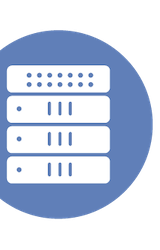Broadcom WatchTower Topology Capability
Event: Tech Field Day Extra at SHARE Kansas City 2024
Appearance: Broadcom Presents at Tech Field Day Extra at SHARE KC 2024
Company: Broadcom
Video Links:
Personnel: Matheus Milani
Matheus continues his exploration of WatchTower capabilities, in this session delivering a presentation and demo on WatchTower’s ability to automatically discover the topology of z/OS-based mainframe systems and use modern visualization technology to present intuitive views of the structure and interaction between mainframe components.
Presented by Matheus Milani, Product Manager, Broadcom







